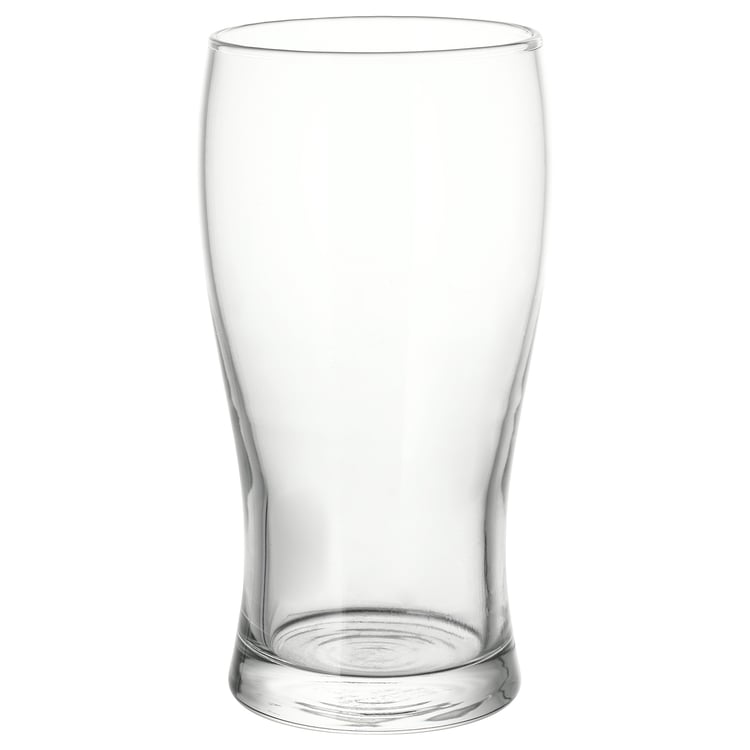
When it comes to the art of drinking, the vessel holds more importance than one might initially surmise. The interplay between beverage and glass is an intricate one, influencing not only the aesthetic presentation but also the sensory experience of taste, aroma, and texture. This exploration seeks to illuminate various types of glassware and the cocktails, spirits, and other beverages that harmoniously belong within each. By understanding the intrinsic relationship between drink and glass, one can elevate the practice of imbibing to refined indulgence.
1. The Tumblers: Versatile and Timeless
Tumblers are arguably the most versatile glasses in the beverage world. Typically characterized by their short stature and sturdy build, tumblers are ideal for a wide array of drinks. From whiskey served neat to vibrant cocktails, these glasses convey a sense of casual elegance. For instance, when one pours a rich bourbon into an old-fashioned glass, the simplicity of the tumbler enhances the spirit’s deep amber hue, inviting the drinker to appreciate its complexity. Tumblers also serve non-alcoholic beverages well, whether it is a refreshing iced tea or a sophisticated mocktail garnished with an array of fruits.
2. The Highball Glass: A Definition of Refreshment
Highball glasses, taller than tumblers, are synonymous with refreshing libations. Their slender designs are optimized for drinks mixed with soda, tonic, or other mixers. Popular cocktails such as the classic gin and tonic, or the invigorating vodka soda, flourish in highball glasses, promoting a balance between spirit and mixer while allowing ample room for ice, thus keeping the drink chilled. The elongated shape also creates the perfect environment for garnishes such as citrus wedges, which enhance the olfactory experience, contributing significantly to the overall enjoyment of the beverage.
3. The Rocks Glass: For the Connoisseur’s Pour
The rocks glass, often used for serving spirits over ice, offers an invitation to savor the bold and complex flavors of premium liquors. Preferred for drinks like the Old Fashioned or Negroni, the width of the glass encourages the swirling of fragrances, augmenting the tasting experience. The thick base also provides substantial heft, enhancing the tactile satisfaction of holding the glass. Additionally, this style of glass encourages slower sipping, allowing the drinker ample time to appreciate the subtleties of flavor unfurling with each taste.
4. The Champagne Flute: Celebratory Effervescence
Champagne flutes epitomize festivity. Their elongated and narrow shape not only captures the enchanting visual spectacle of rising bubbles but also preserves the carbonation, allowing for a prolonged effervescent experience. When one raises a well-chilled flute to toast a momentous occasion, the glimmering liquid within reflects the light, creating an ambiance of celebration. Whether served with brut, rosé, or even sparkling cocktails, the flute signifies elegance and charm.
5. The Wine Glass: A Palette for the Vintner’s Craft
Wine glasses vary widely, with distinct shapes designed to enhance the characteristics of different varietals. For instance, the bowl of a Cabernet Sauvignon glass is designed to aerate the bold red wine, allowing its robust aromas to flourish. In contrast, a Chardonnay glass, often more tapered, directs the wine’s essence to specific taste buds, enhancing its crispness. Even the delicate Riesling glass supports the floral notes of sweet white wines. Understanding the nuances of wine glass design reflects one’s appreciation for the winemaker’s craft and the subtleties of terroir.
6. The Snifter: An Indulgence in Aroma
Snifters, with their bulbous bases and wide openings, are expertly crafted for enjoying rich and complex spirits like brandy or aged whiskey. This shape allows the drinker to experience the full bouquet of aromas, encouraging a more immersive tasting session. Sipping from a snifter often evokes a sense of warmth, perfectly complementing the rich viscosity of the liquid within. As one swirls the drink, the aromas intensify, inviting exploration of flavor notes that may otherwise go unnoticed in less accommodating glassware.
7. The Pint Glass: Beer’s Best Friend
In the realm of beer, the pint glass reigns supreme. With its ample capacity, it accommodates everything from ales to lagers, providing a generous serving to quench one’s thirst. The traditional pint glass is designed to enhance the visual aspect of beer, showcasing its color and carbonation. Additionally, specific beer styles, such as stouts or IPAs, may benefit from distinct shapes, like the curved edges of a tulip glass, which enhances the release of aromatic hops. Thus, each style of beer finds its ideal companion in the diverse world of pint glasses.
8. The Specialty Glasses: For Curated Experience
Finally, there exist an array of specialty glasses designed for specific drinks, which propel the experience further. From margarita glasses, with their signature wide rims for salt and lime, to the delicate coupe glasses favored for serving cocktail classics like the Daiquiri, specialty glasses are often a celebration of both tradition and creativity. These unique designs not only serve a functional purpose but also create a visual spectacle, enhancing the social and aesthetic dimensions of drinking.
In conclusion, the choice of glass significantly impacts the overall drinking experience. Selecting the appropriate vessel for a particular beverage invites a deeper appreciation of its flavors, aromas, and visual qualities. Knowledge of glassware is crucial for anyone seeking to elevate their drinking endeavors, contributing to a sophisticated and enjoyable consumption experience.
